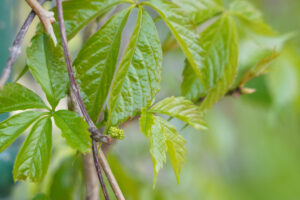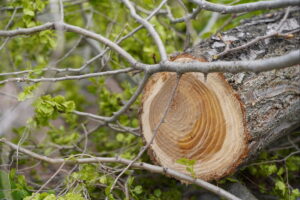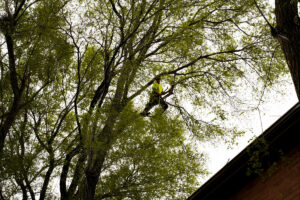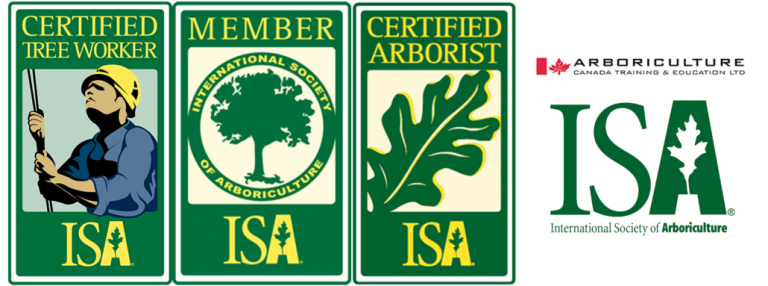Arborist Explains the Health Benefits of Trees
Most people appreciate the therapeutic value of spending time in green spaces among trees. This is why hiking and camping in nature reserves, or simply walking in a tree filled park have always been favorite leisure activities. It\’s why creative people find inspiration in these environments and why some use such places as spiritual retreats. Even those who prefer busy urban environments also benefit when walking along tree-lined streets. Here are two important health benefits of tree filled spaces:
Stress Reduction
What seems obvious to many is confirmed by science: green space reduces stress. Being among trees, whether sitting on a park bench or engaged in exercise, reduces the stress-related hormones adrenaline and cortisol. This in turn, lowers blood pressure. Lower blood pressure reduces the risk of heart disease and stroke. Because chronic stress weakens the immune system, habitually spending time among trees therefore has a restorative effect on it. Excessive adrenaline and cortisol levels also make people prone to anxiety and depression, which again are relieved by exposure to trees.
Improved Concentration
The number of times we can lift a heavy object or physically exert ourselves in other ways is limited. At some point we become physically exhausted and require a period of recuperative rest. Intense mental concentration or focus is likewise a taxing effort that produces mental fatigue. Once this mental exhaustion sets in, continued exertion produces diminishing results. Taking a walk in a busy urban environment however, still places demands on one\’s attention, and further drains mental resources.
Studies show that exposure to natural environments restores our capacity for mental focus. Therefore, if you\’re feeling exhausted at work, take a 20 minute break and go for a stroll in a nearby park to recharge your batteries.
Trees improve the health and well-being of people. However, trees also have health problems of their own. These are caused by environmental stresses as well as disease. If your trees show signs of stress or disease such as a thin crown, fungal growth at their base, or premature loss of leaves well before autumn, get the help of an experienced arborist. You can follow along on Facebook and Instagram, or you can contact us here if you have any questions.





